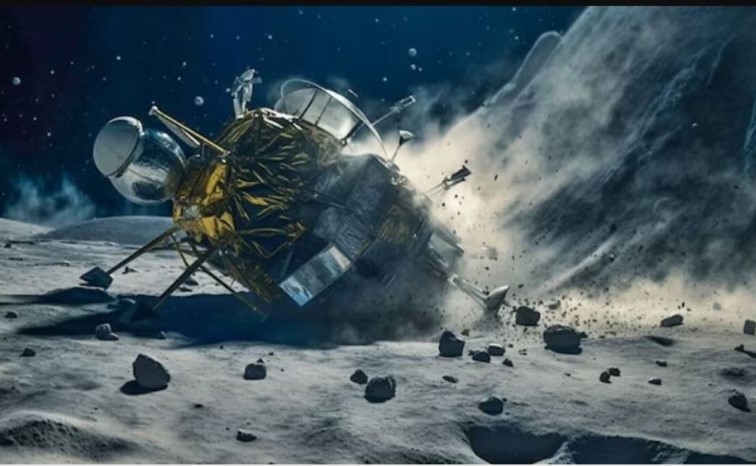A hymn for Luna 25

The Soviet Union sent dozens and dozens of interplanetary missions to the Moon, Venus and Mars. For some, we didn’t even know they existed until some twenty or even less years ago. Others have achieved failure or partial success.
The best ones, and there were dozens and dozens of them, gave us knowledge about the distant universe that changed our understanding of it. At one point, in the eighties of the last century, the USSR pretty much technologically learned the craft.
Various MARS, VENUS and especially VEGA 1 and 2 were real gems in the interplanetary framework. FOBOS 1 and 2 almost the same, only a fraction of luck was missing for both missions to be engraved in history in golden letters.
It seemed that nothing would stop further missions to the Moon, Mars and Venus and beyond. And then the Gorbachev era happened. The machines stopped.
From the 1990s until the 2010s, there were lamentations about a new mission to the Moon. In the past, several aircraft were launched there every year, and in those twenty years not even a semi-operational work-engineering unit was created.
Nevertheless, Luna-Glob somehow managed to survive and changed its name to Luna 25. After 2018, it became clear that it would end up on the Moon. And indeed Luna 25 launched to the Moon from the Vostochny launch pad on a Soyuz-2/Fregat rocket.
It reached the lunar orbit on August 16, 2023. The planned landing was on August 21, 2023. but after sending the first scientific data and orderly telemetry, Luna 25 headed towards the surface of the Moon’s south pole (Boguslavsky crater) on August 19, 2023.
ROSCOSMOS briefly announced that on that day Luna 25 ceased to exist due to the impact of the lunar surface on the spacecraft, a lander in nature. We know that the main rocket engine for landing to the point where the matter of vertical landing was supposed to be taken over by the segment of smaller, maneuvering, engines worked several tens of minutes more than the planned time.
It is known that the Russians have solved the problem of the lack of terrestrial radio antennas with radio relay satellites in Earth’s orbit. It remains unclear whether the mission engineers knew what was happening or whether they only found out when it hit the surface.
Why was there no reaction in time?

Ultimately, the computer on Luna 25 had to recognize the dangerous situation and take action. None of that happened. Luna 25 landed on the Moon, made a crater with a diameter of ten meters. Three decades since the initial ideas arrived on the Moon, but not in a functional form but as an active artefact of relief formation.
Surely the flight engineers and the spacecraft will study and figure out what went wrong. Space is an inhospitable place; it does not forgive mistakes.
We hope that in the near future we will find out what was going through the electronic “blood cells” of Luna 25 in the last few tens of minutes so that the next landing mission will be successful.
In the end, the partial success (because this mission cannot be characterized as a failure, a lot was done, things got out of control at the very end) would not be so disappointing if there were a few more spacecraft on the route in real time.
Unfortunately, there is little chance that the new Lunas will reach the Moon before 2028, maybe not even until 2030. The damage is perhaps the biggest in perception, because even just a few days of operation of Luna 25 on the lunar surface would be enough to allocate money for the program of robotic exploration of the Moon and resources.
This way, everything is clear from an engineering point of view, but in reality, this failure of the future mission will push a year, two, three years further into the future.
Want to read more about the universe? Visit our blog!

